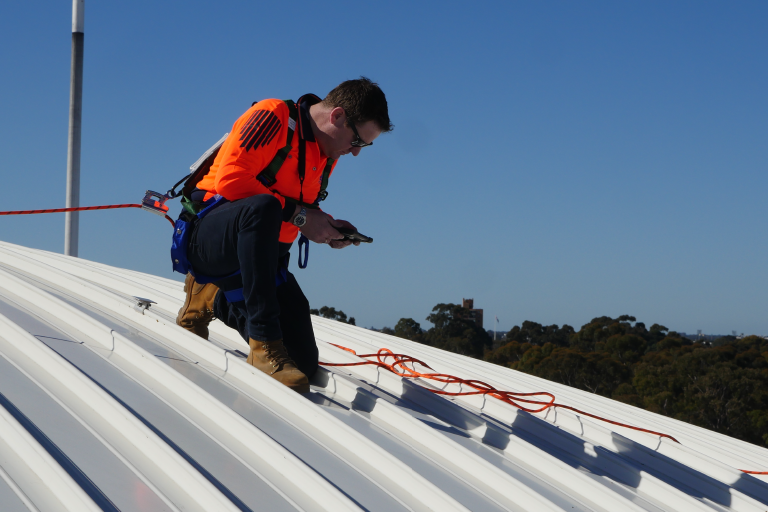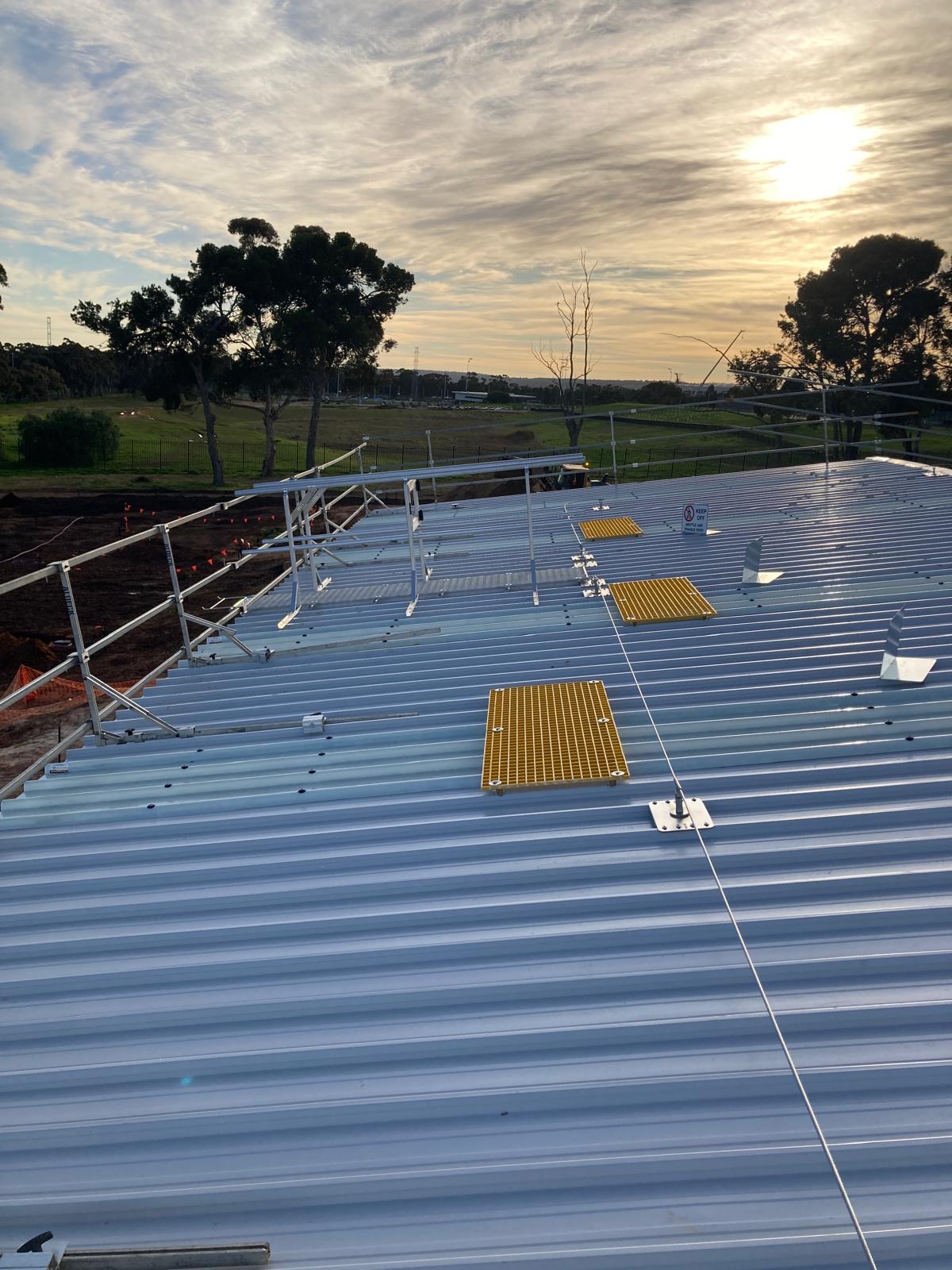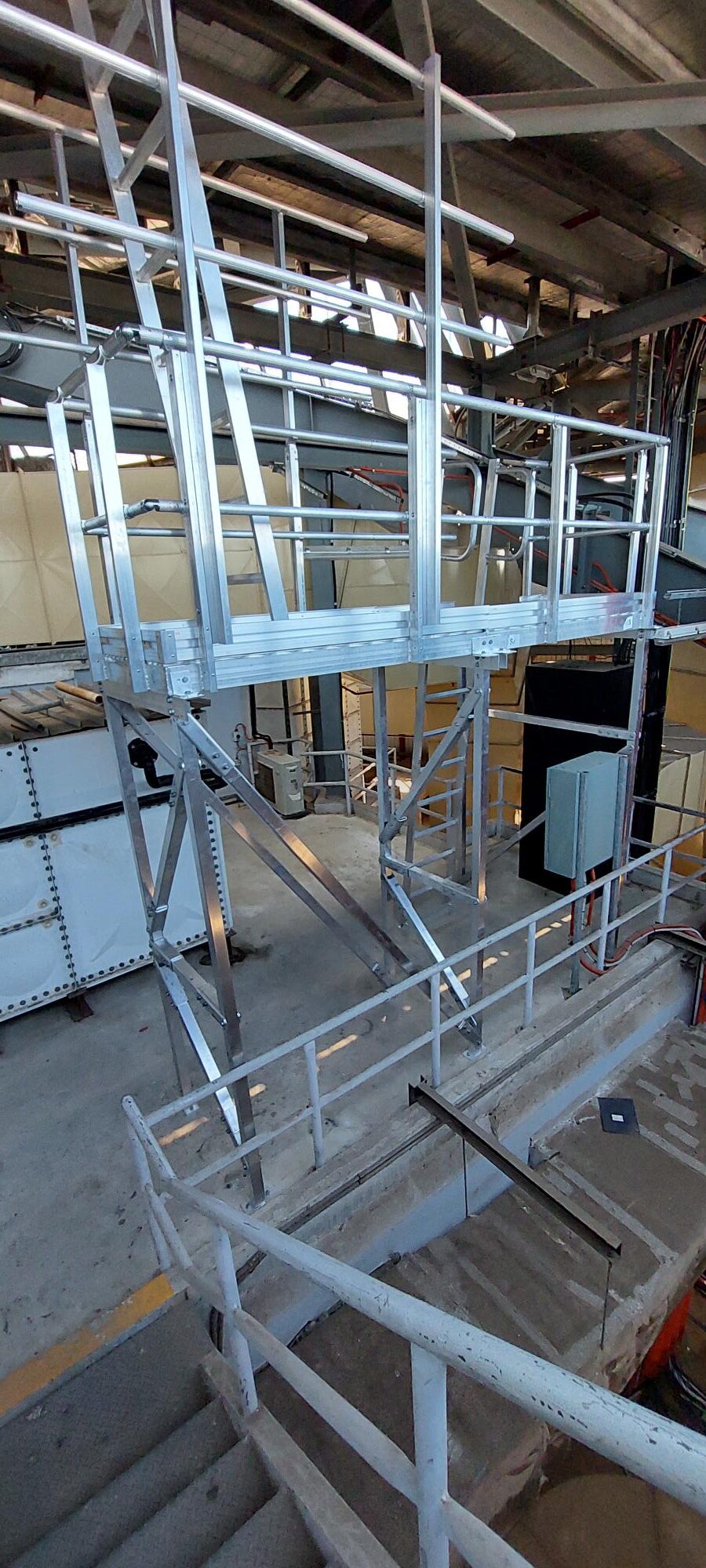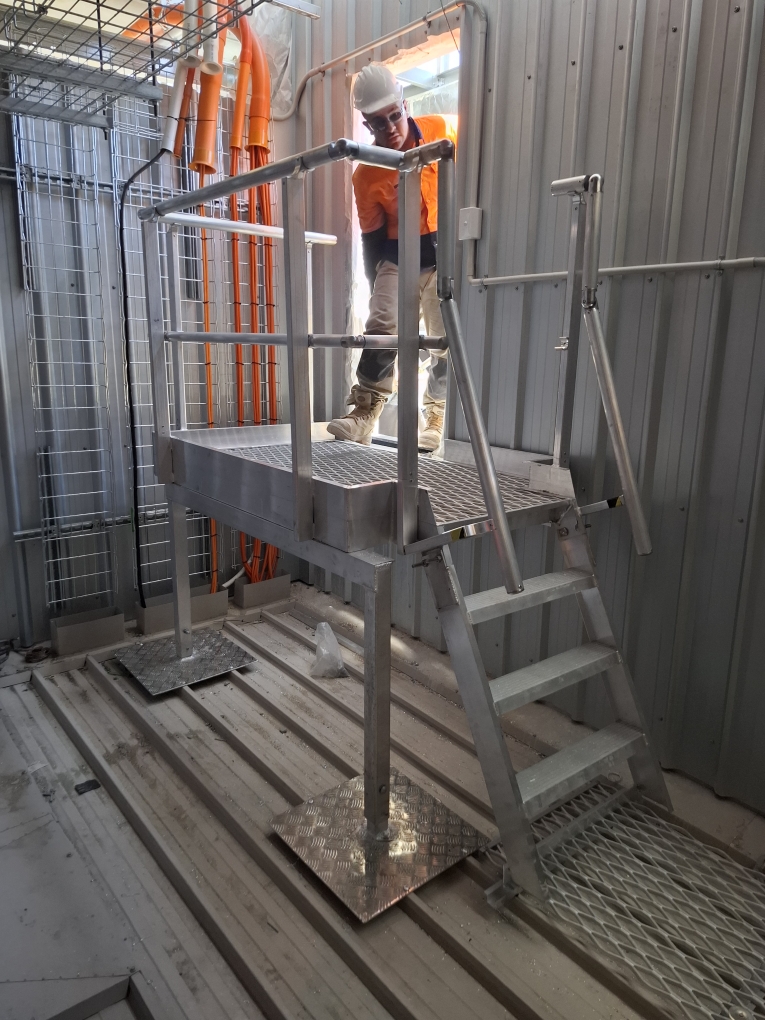Creating and maintaining a working environment that complies with Australian safety laws is essential to keep workers, site visitors, and end users safe. However, with varying laws and regulations across states and regular updates, it’s challenging to stay updated with height safety responsibilities.
Recent Workplace Fatalities Statistics
In 2020 in Australia, 194 people lost their lives at work. Out of these:
- 186 were men.
- 55 out of 194 were aged between 55-64.
Alarmingly, ‘falls from height’ caused 11% of all worker fatalities, and another 9% were due to being struck by falling objects. RISSafety CEO Mark Casey expresses concern, saying, “With easy-to-implement modern safety solutions, it’s distressing to see Australian workers still succumbing to falls.”
Beyond fatalities, Safe Work Australia reported over 120,000 serious compensation claims in the 2019-20 period. With an average time loss of 6.6 weeks and a median compensation of $13,500, these incidents have extensive repercussions.
“Beyond the immediate impact on employees, ignoring safety laws can lead to severe legal penalties and a tarnished business reputation,”
Understanding Australian Safety Laws
While some may find Australia’s strict height safety laws burdensome, they are essential for ensuring the safety of workers and the public.
RISSafety emphasises the importance of staying updated with amendments and recommends organizations like Safe Work Australia for relevant height safety news. For the latest updates, they suggests following RISSafety on LinkedIn.
Key Highlights of Australian Safety Laws:
- Work Health and Safety Act (WHS Act): It sets the foundation for workplace safety an is enforced strictly.
- Duties of Employers and Businesses: They must ensure safety and minimize risks.
- Duties of Workers: Workers need to ensure their safety and those around them.
- Safe Work Australia: The leading national body for WHS policy.
- Codes of Practice: Practical guidance for businesses to comply.
- WHS Regulations: Detailed guidelines on specific hazards, including fall risks.
Broader Safety Considerations
When the risk of falling remains present, businesses should consider:
- Fall prevention measures.
- Work positioning techniques.
- Fall arrest systems.
Additionally:
- Regular safety assessments: Ensure timely inspections, especially for systems exposed to harsh environments.
- Safety equipment: Depending on the sector, certain equipment or PPE might be mandatory.
- Continuous updates: Regularly update your knowledge and practices as regulations evolve.
Being proactive and updated with regulations not only ensures safety but also compliance with Australian safety laws.
RISSafety, as Australia’s premier Height Safety provider, has 30,000 systems installed and boasts 55 years of experience. With a strong presence across Australia, we offer tailored height solutions. Contact us for more details.



